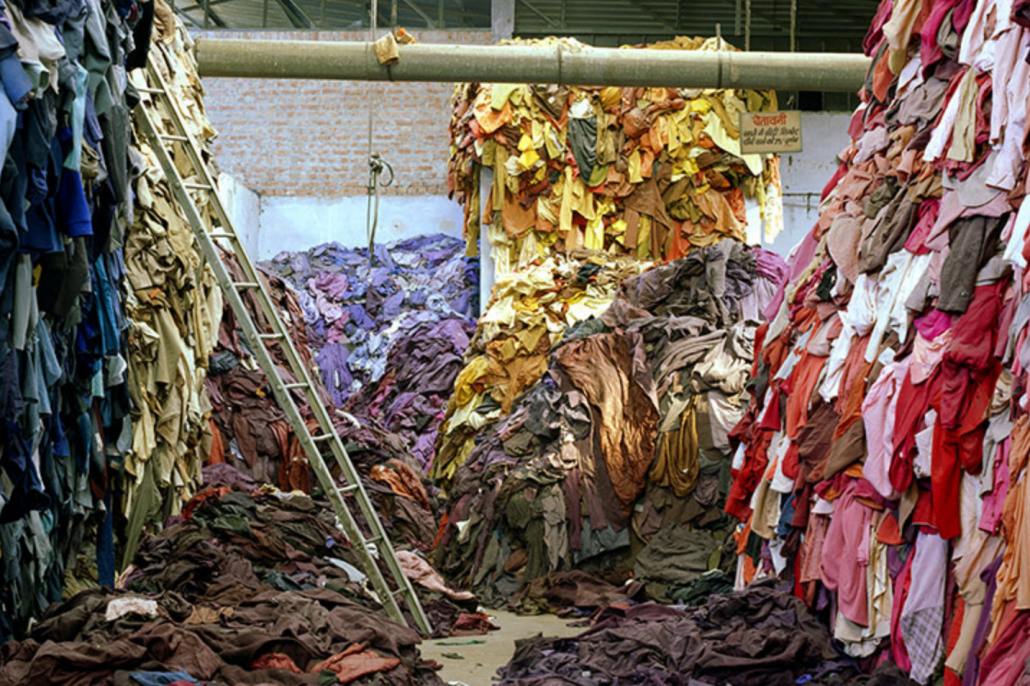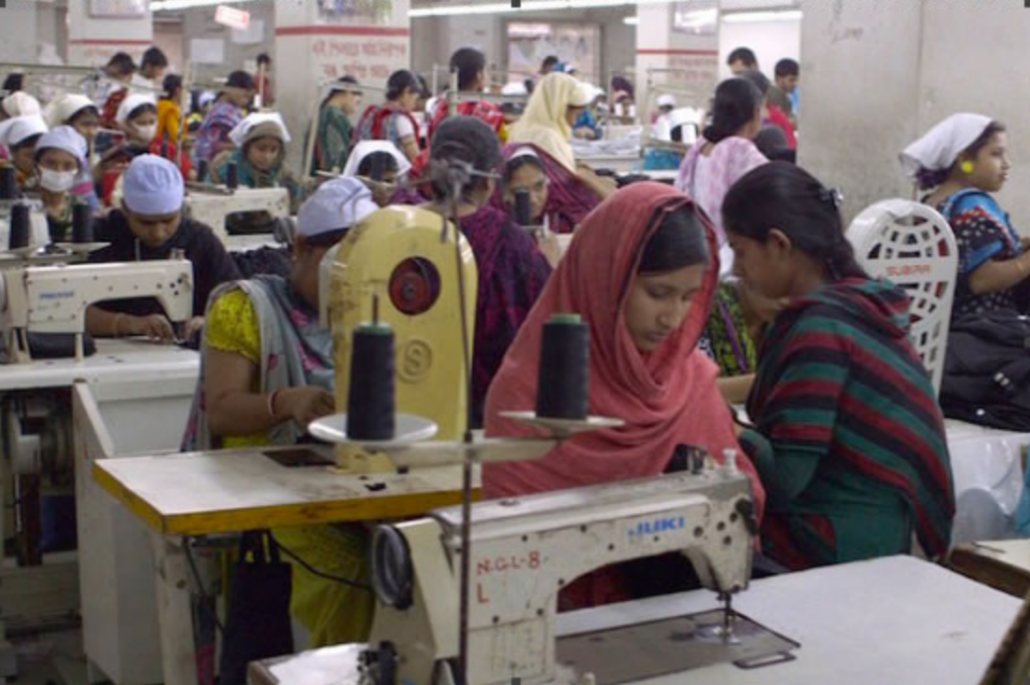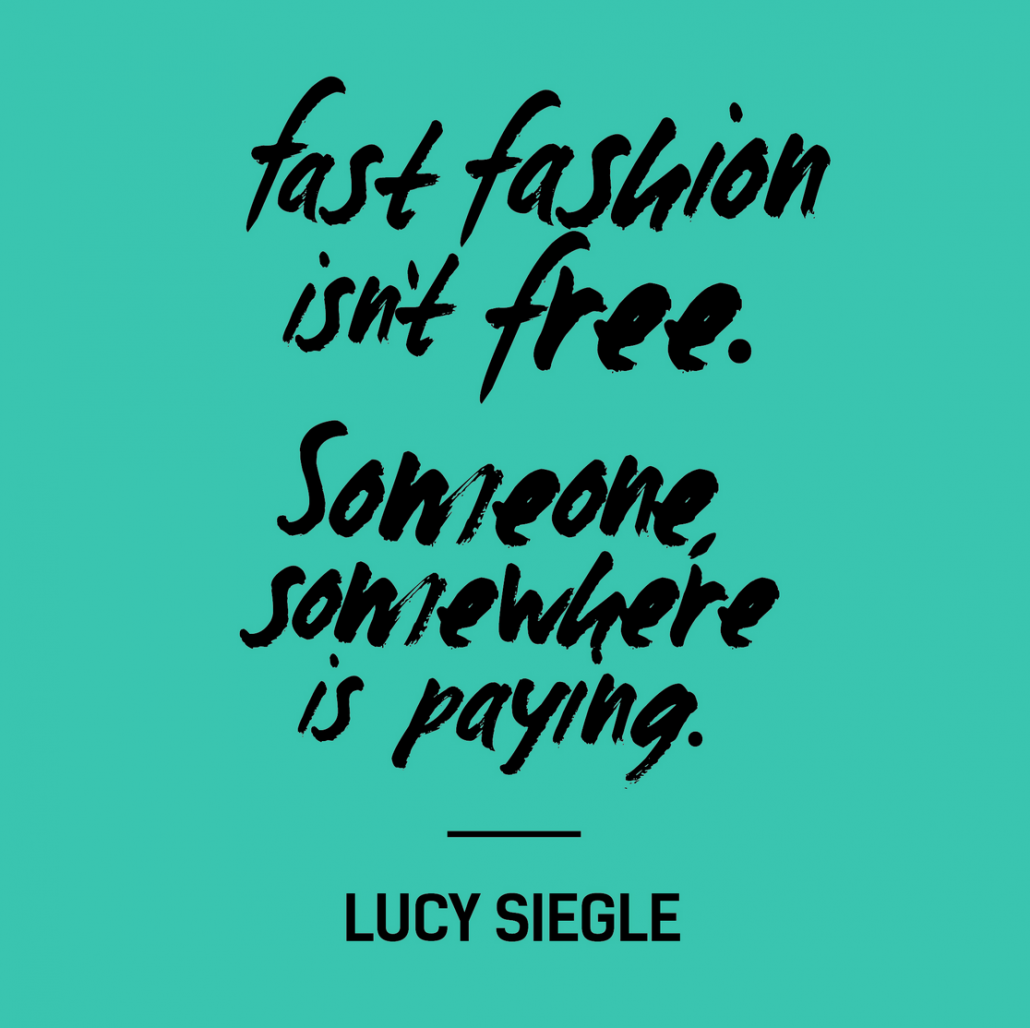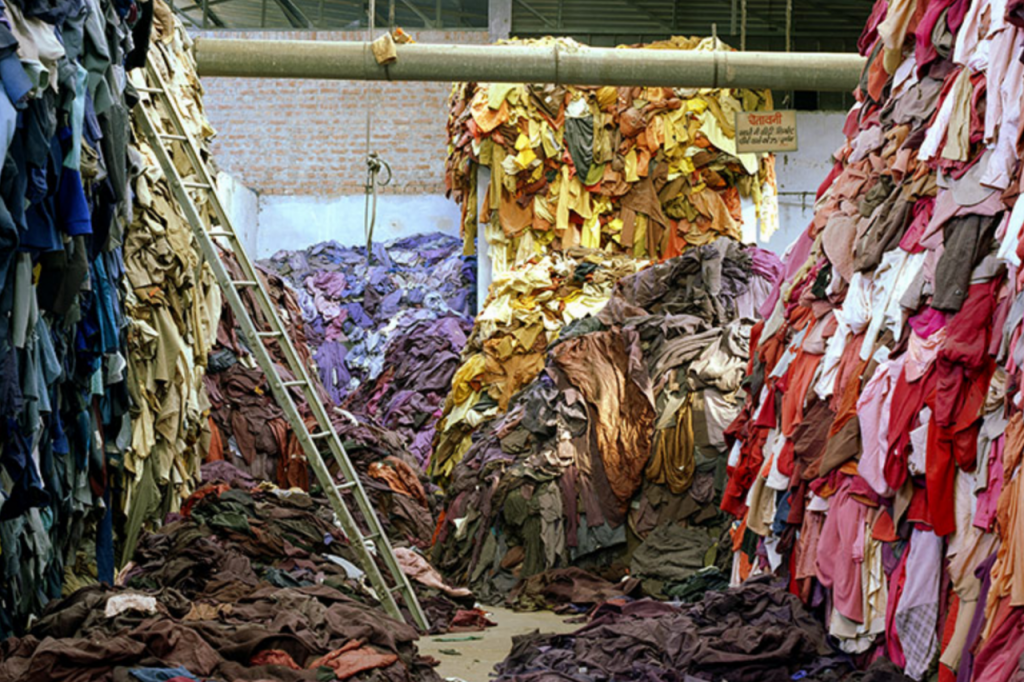
I have a confession to make. Recently, during a family trip to Boston to celebrate my parent’s wedding anniversary, I got caught up in a shopping expedition with my mother that led me to make a spontaneous purchase at one of the major fast fashion retail chains. I bought a pretty skirt for less than $25.00 and it wasn’t even on sale.
There’s no question the skirt is attractive. I received tons of compliments wearing it at a book fair.
But three days after my purchase, news broke that the retail chain in question uses American sweatshops in California for finishing touches and pays American workers $4.00 an hour, far less than the minimum wage. I can only imagine what workers overseas in third world countries get paid for making such garments. It must be a pittance.
In addition to leaving an imprint on my credit card statement, the purchase left one on my conscience. I felt guilty and ashamed.
The truth is I should know better. I write books about the adverse effects of fast fashion. I’ve done my homework: disposable fashion is a drain on our wallets and more importantly, on the environment and our planet.
In her book, Overdressed, The Shockingly High Cost of Cheap Fashion, author Elizabeth L. Cline explains that a tremendous amount of our fast fashion purchases aren’t getting recycled but getting trashed, and the environmental impact of making clothes is being entirely overlooked. According to Forbes.com, the apparel industry accounts for 10% of global carbon emissions and remains the second largest industrial polluter, second only to oil.
Not to mention most charity thrift stores are crumbling under the weight of junk clothes. They just can’t handle more.
As a way to minimize the footprint my skirt will leave on the planet, I’ll commit to wearing it at least thirty times. According to the producers of the documentary The True Cost, it’s the reasonable amount of wears we should expect from each garment we buy to lessen our footprint on the planet.

Still from The True Cost
It’s imperative that we think twice before we buying tons of stuff. Especially the crappy kind. We need to ask ourselves the question: Do I need it? Will I wear it at least 30 times? Am I shopping because I’m bored? Am I covering up intense negative emotions? Am I just killing time?
Don’t let yourself get lured by countless ads loitering your inbox or any pop-up ads. Take it from me, post purchase, you’ll likely feel completely empty and isn’t worth it. If you do need to purchase something, try to spend your dollars wisely by encouraging small local shops, vintage sellers, local designers, and by purchasing articles made with sustainable materials and fabrics.
Remember that you can also focus on connecting with family and friends, taking a yoga class or going for a walk in nature. Your wallet and the planet will be grateful. After all, that’s what life is about, isn’t it?

For an interesting overview of the history of Fast Fashion read: Fashionista.com
I’m the author of the novels J’adore New York, J’adore Paris, and J’adore Rome. You can follow me on Twitter, Facebook, Instagram and on my website: isabellelafleche.com
Save
Save
Save
Save
Save
Save
Save
Save
Save





